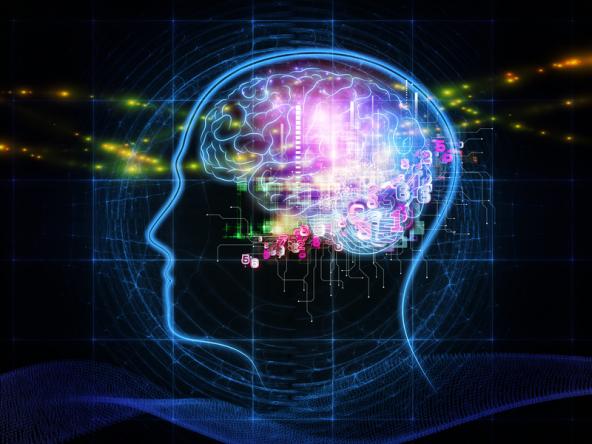Feb 26, 2015
Science becomes Misosophy
Posted by Otto E. Rössler in categories: existential risks, particle physics
Most of physical science is nice and non-fraudulent. But cosmologists and particle physicists have lost contact to reality and defend superstition in a criminal fashion.
This was my friend Benoit Mandelbrot’s experience in 2000, because he had explained the Kepler-Olbers paradox (“Why is the night sky dark?”) in a non-expansionist way. Before him, Fritz Zwicky had become ostracized for making such a proposal.
The Zwicky-Mandelbrot result has since been proved and explained with publications starting in 2003. But there is no response to the two independent proofs offered (a statistical mechanics of mutually attractive particles; a demonstration that Einstein’s constant c in the vacuum is a global and not just a local constant of nature everywhere).
So the standard cosmology as defined in any school text is based, not on ignorance but on lies? One could go so far as say so, although of course most of the worshipers of the disproved gospel never heard of its demise since the leading journals and media suppress the dogma-defying results.















